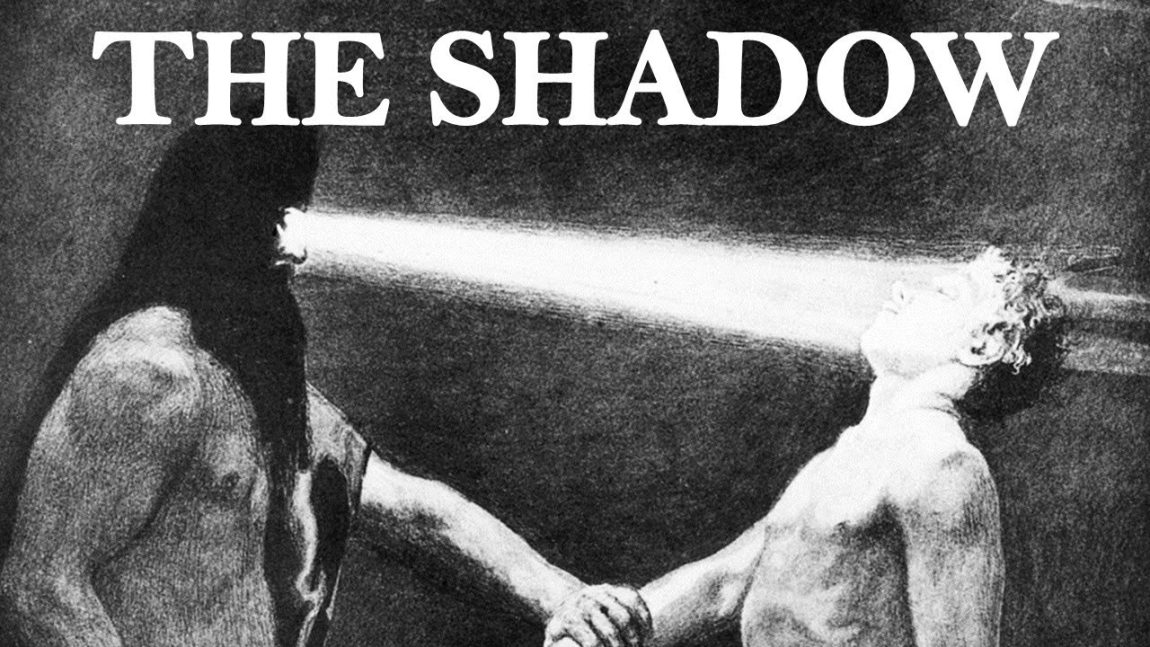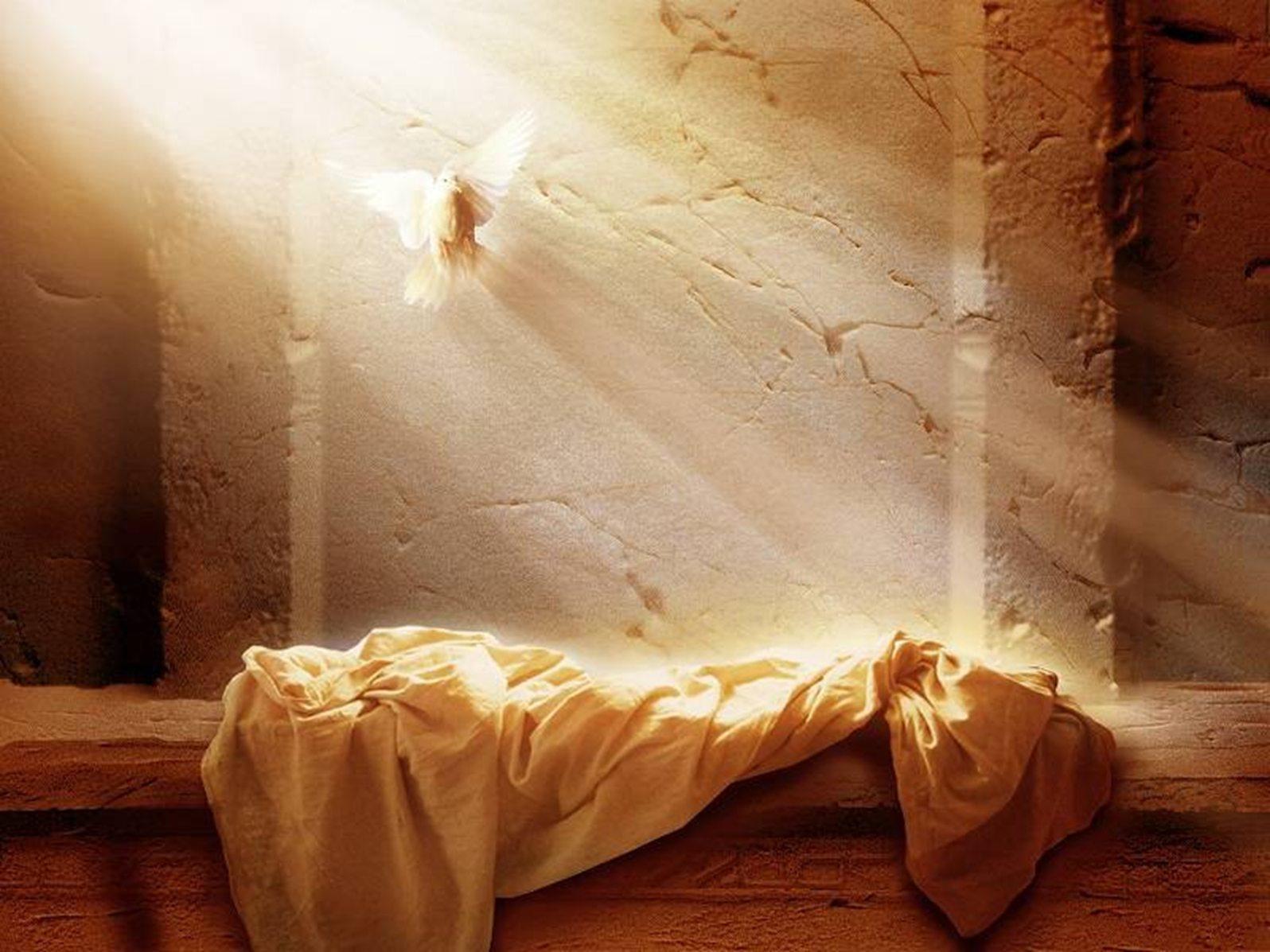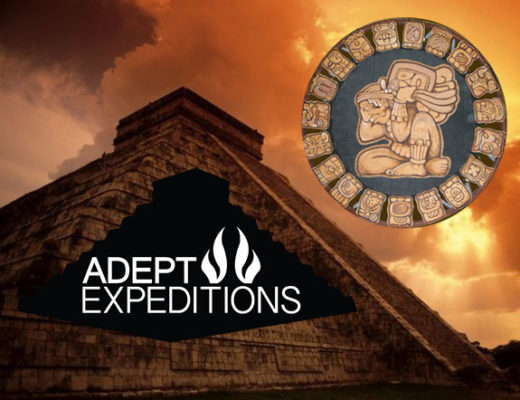What is Shadow Work?
Shadow work is like exploring a hidden treasure map, but instead of gold and jewels, you find parts of yourself that you didn’t know were there. Imagine your mind is a big house with lots of rooms, but some rooms are dark and you never go inside. Shadow work is when you turn on a flashlight and bravely step into those dark rooms to see what’s there. It’s about finding the thoughts and feelings that you hide from yourself because they might be shocking or make you feel uncomfortable.
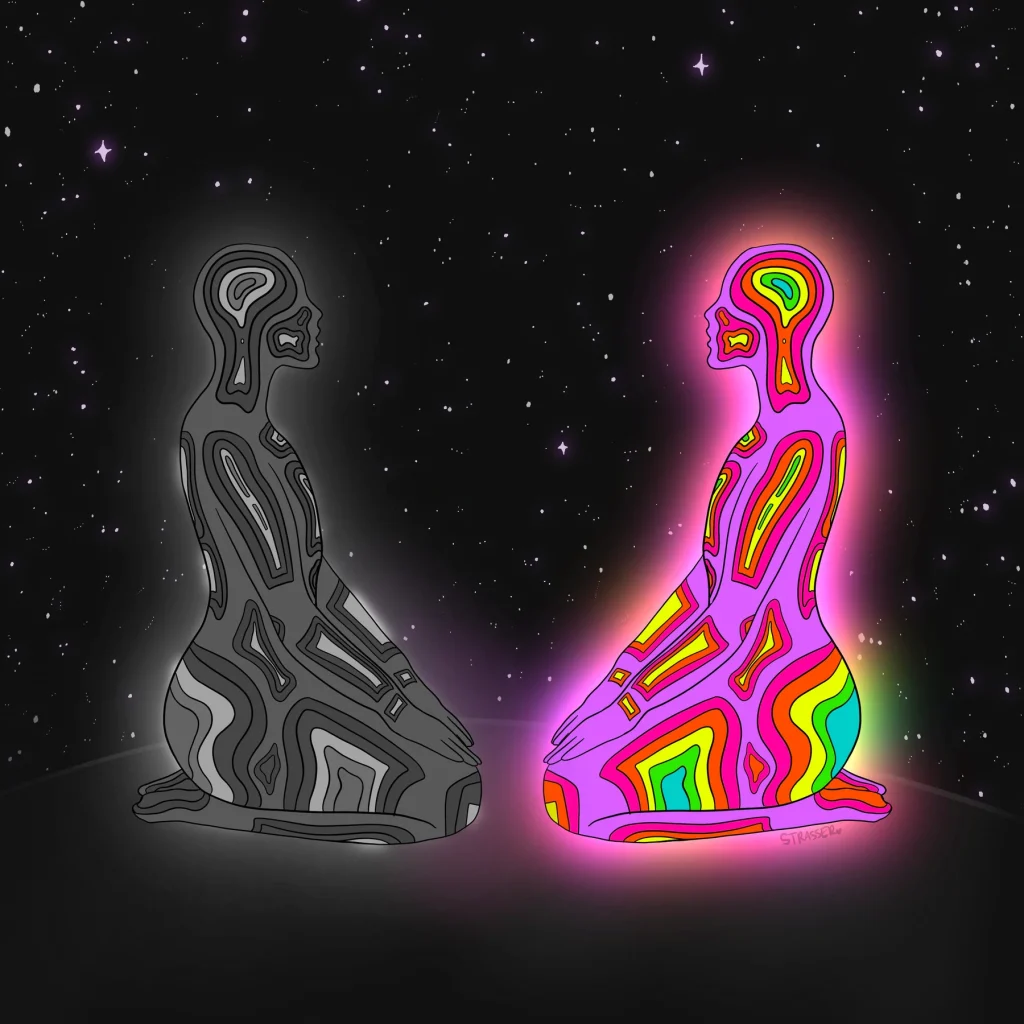
Carl Jung: Unconscious
These hidden parts in our unconscious, according to Jung, are where we hide thoughts and feelings that we believe are wrong or unacceptable. They can be things we’re scared of, ideas we think others won’t like, or behaviors we’re ashamed of. Jung’s idea of personality archetypes, like the Persona, Ego, Shadow, and Anima/Animus, helps us understand these hidden parts better. Exploring our Shadow, as Jung did extensively in his book Aion, reveals that it’s an emotional and instinct-driven side often kept secret by our conscious minds. This Shadow side reflects the things we criticize in others but cannot face within ourselves.
Western Esotericism: Alchemy of Opposites
Alchemy delves into symbolic representations like that of the Queen and King which embody universal energies. Celestial imagery such as the Moon and Sun captures the duality of darkness and light within us. The concept of a Prima Materia reflects the primal, unformed aspects of the unconscious mind. Once explored, reveal profound depths in our psyche and invite exploration into the transformative forces at play within ourselves. We can also call this the mystical-Dark Night of The Soul.
Eastern Philosophy: Ying and Yang
The Yin and Yang symbol, originating from Taoist philosophy, encapsulates the fundamental balance and harmony in the universe. This symbol is depicted as a circle divided into two halves, one black (Yin) and the other white (Yang), with a small dot of the opposite color in each, it represents the interdependence and interconnectedness of seemingly opposing forces. Yin symbolizes darkness, passivity, and receptivity, while Yang embodies light, activity, and assertiveness.
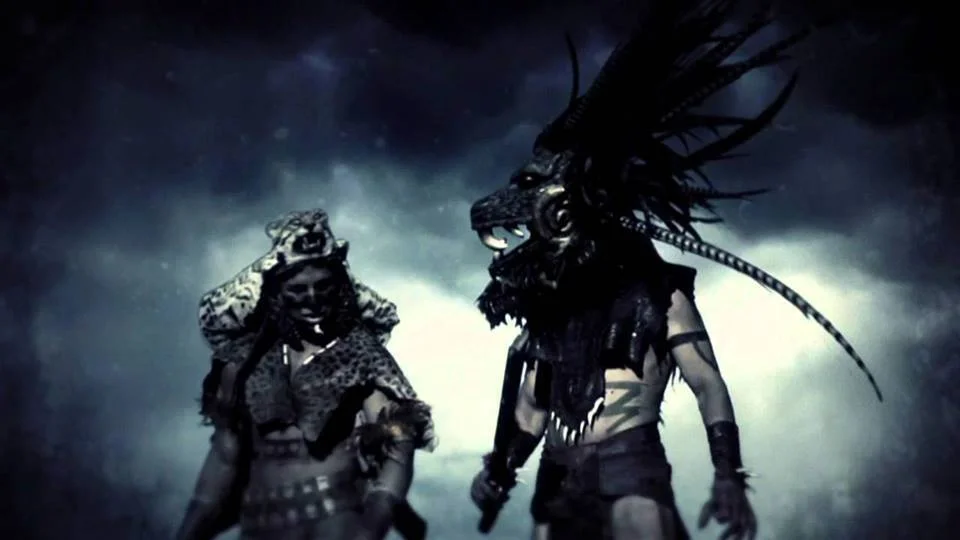
Mesoamerican Shadow Work
In the Aztec/Mexica tradition, Tezcatlipoca who is the Smoking Mirror, symbolizes the enigmatic and often shadowy aspects of existence, representing the dreamlike realm where our subconscious and shadow selves manifest. In contrast, Quetzalcoatl, the Feathered Serpent, signifies enlightenment and spiritual transcendence. This principle embodies the quest for higher consciousness and inner transmutation.
Together, Tezcatlipoca and Quetzalcoatl encapsulate the eternal dance between light and shadow, offering insights into the mysteries of existence and the timeless quest for spiritual awakening.
In the ancient teachings of the mystery school, the transition from darkness into light is not merely a physical journey but a profound metaphysical transformation. It is a sacred initiation, a rite of passage where the seeker transcends the limitations of the mundane world to unveil the hidden truths of existence.
Shadow Work Exercises
Join Karina Itzcoatl, Adept Initiates Co/Creator, and journey through the labyrinth of the mind to find and rectify or integrate your shadow self with your light body. In this workshop you will learn practical applications for daily life and meditation practices to explore the depth of your inner world.
Click this link to sign up NOW!!! https://theserpentwoman.com/2023/12/02/from-darkness-into-light-winter-solstice-workshop/

